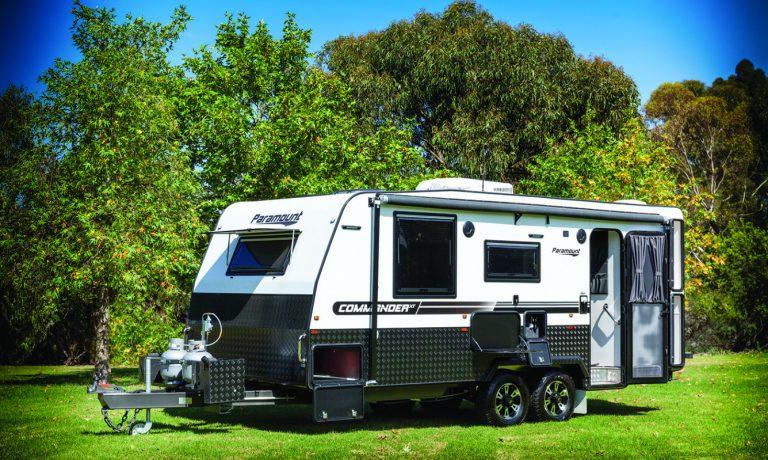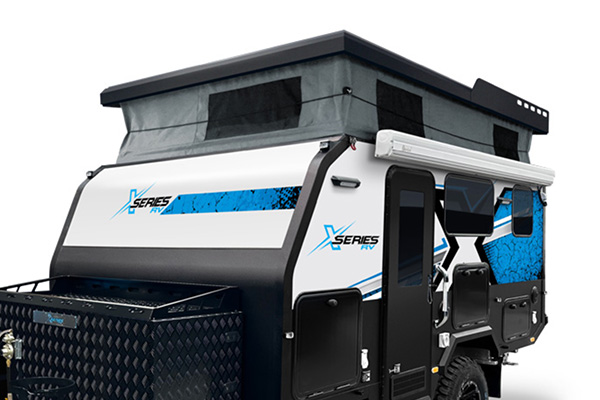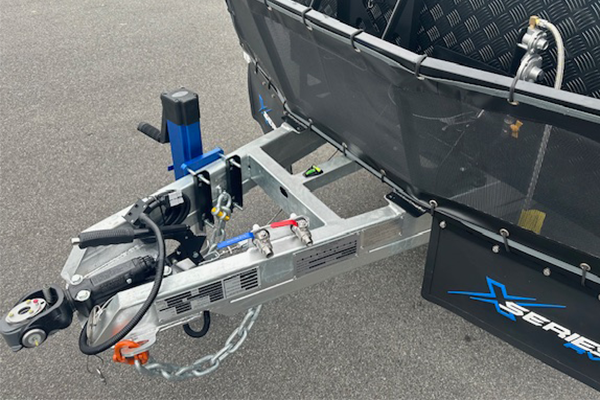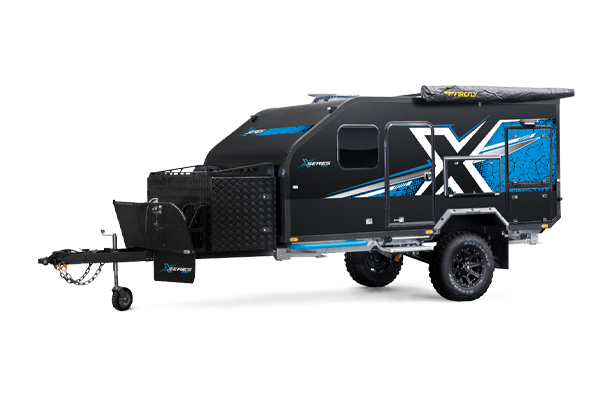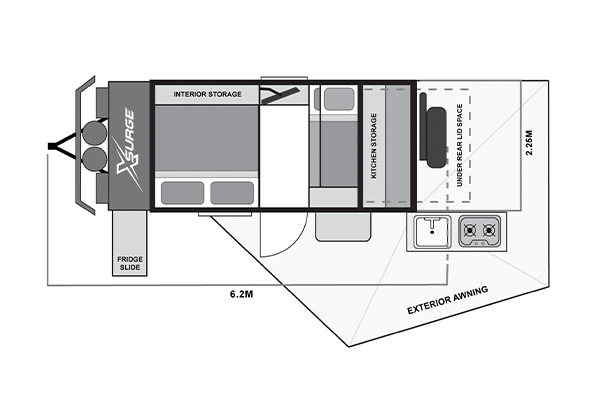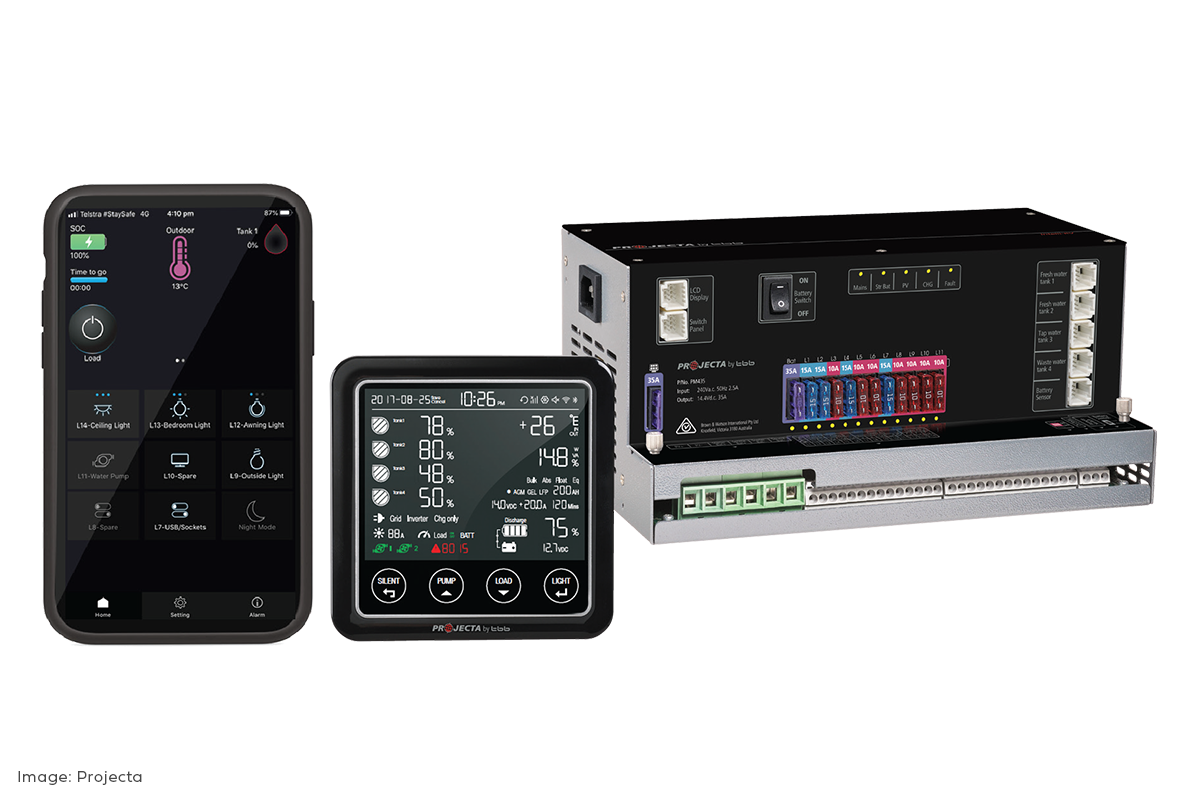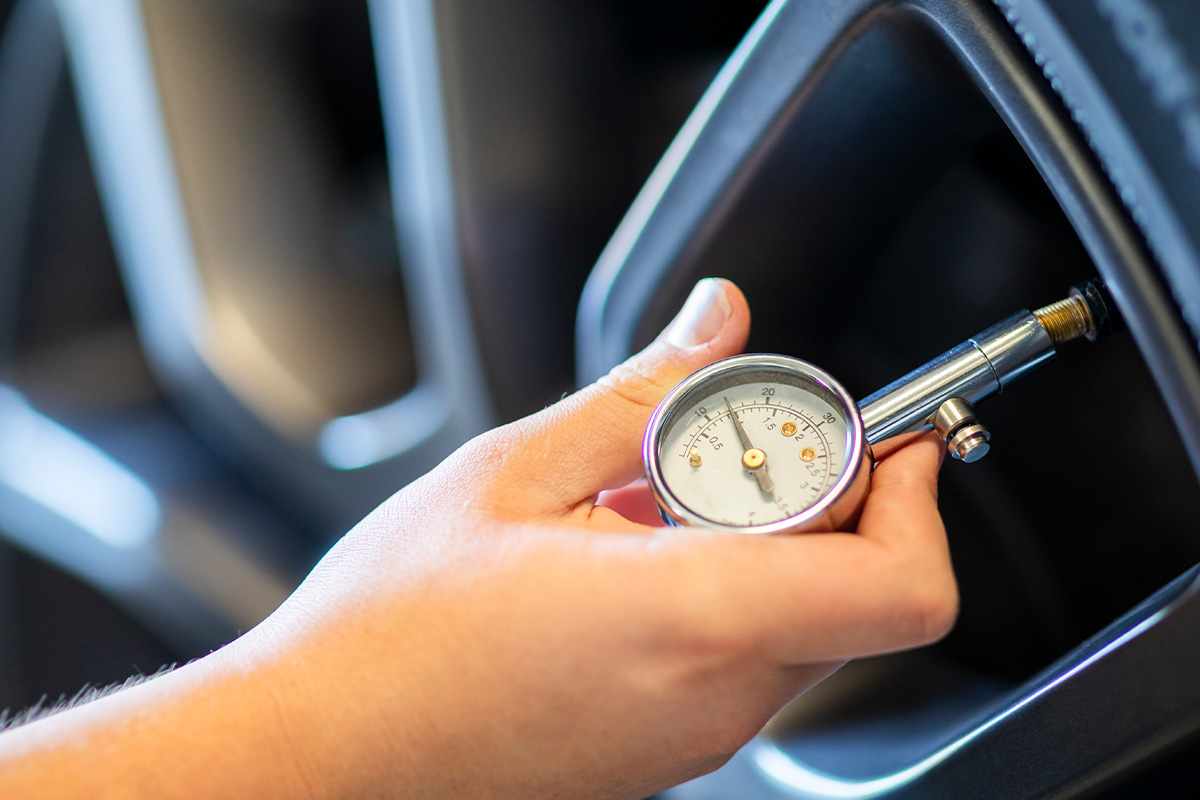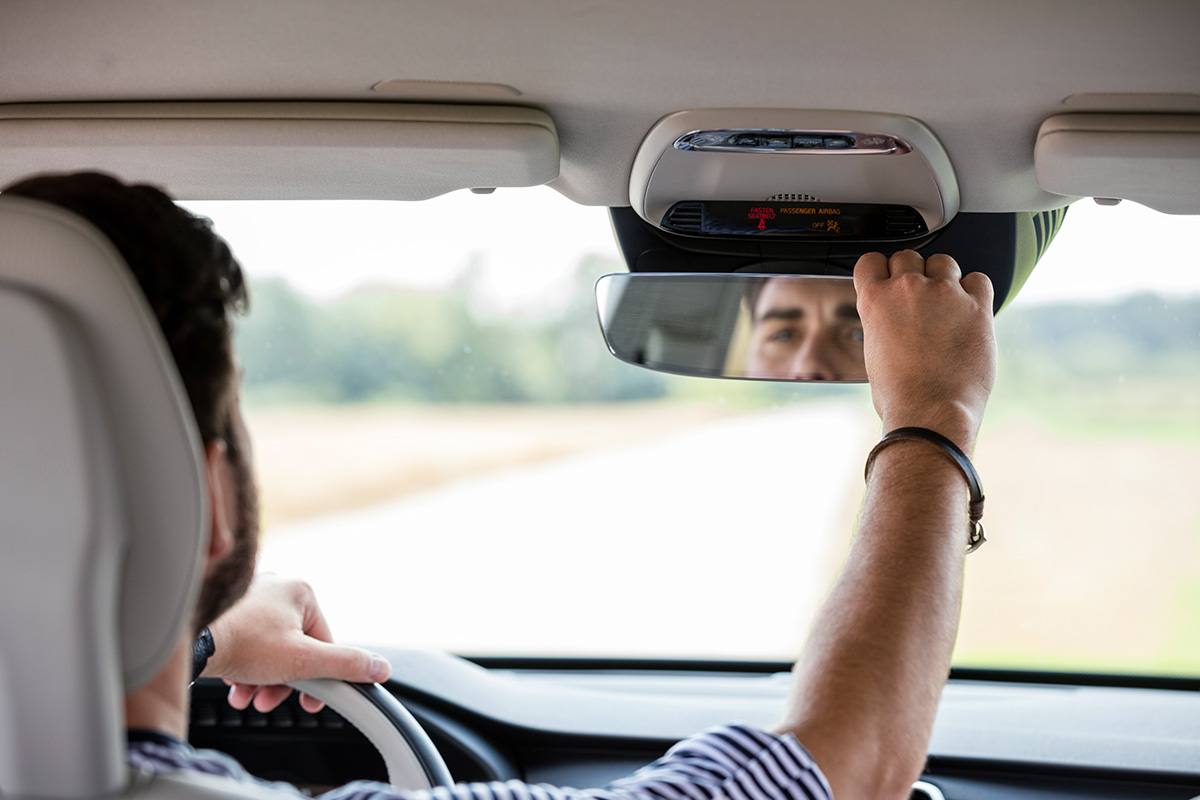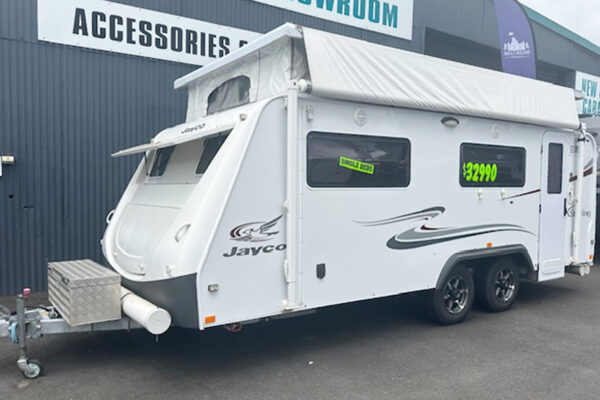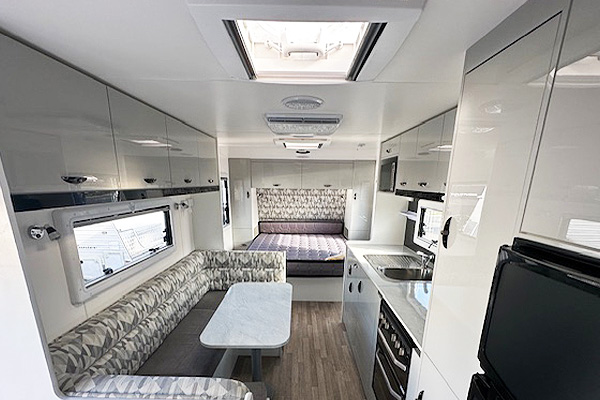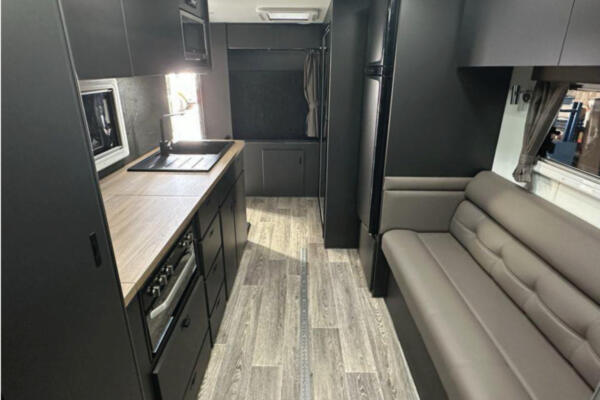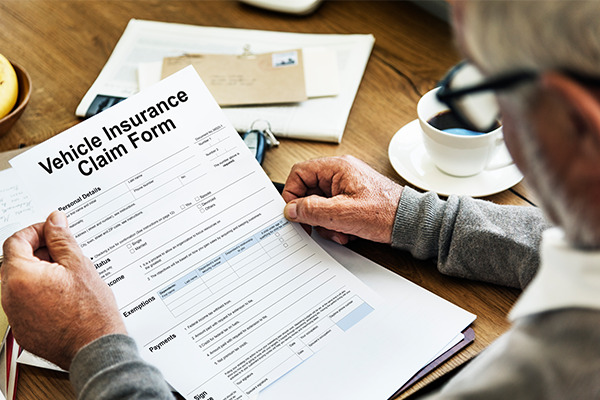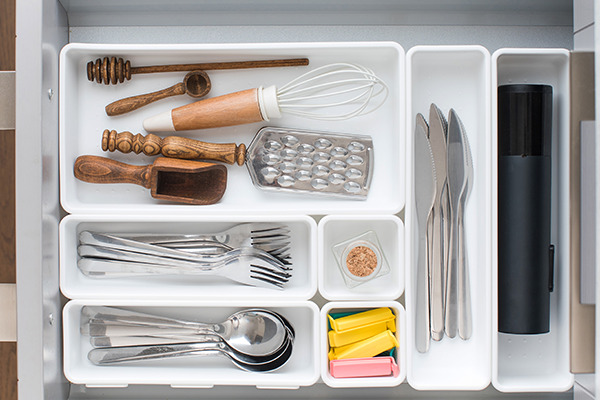Keep up to date with all things caravanning

Off Grid Caravanning
June 29, 2022
Australia is a vast country full of beautiful land, with boundless travel opportunities. With many hidden gems located off the beaten path, where essentials like energy & water are not readily accessible. Off-grid caravanning is a great way to enjoy exploring the Australian landscape completely unfettered, by kitting out a caravan with the accessories to be fully self-sufficient before embarking on your journey.
The primary goal of your off-grid setup is complete self-reliance, being able to travel in seclusion for weeks or even months! An off-grid caravan setup requires a well-prepared range of complementary accessories, e.g. batteries, solar panels, inverters, generators, water tanks, and filters. We’ve compiled a list of everything you’ll need to get started on your outback adventure, as well as some helpful information on some of the best caravans to consider for your off-grid travel experience.
Solar panels for caravans
The first step to self-sufficient energy generation is solar panels. Solar panels allow you to generate clean energy and keep your batteries topped up for an extended period of time. Whilst batteries generally come with an accompanying battery system for charging, solar energy can maintain your charge when away from plug-in electricity sources.
A typical solar installation generally consists of 1 to 2 panels; however, the size and number of panels may vary depending on the amount of power you need. Solar panels do not feed energy directly into the battery, instead working through a regulator to ensure that the batteries do not overcharge. When choosing solar panels for your caravan, there are two common options: portable and fixed.
- Portable panels enable a flexible configuration, allowing you to seek the best spot for your panel at any given moment. Portable panels also allow you to charge your caravan without parking directly in the sun. These panels are often lightweight and easily adjustable; however, they are also more prone to weather damage and theft.
- Fixed panels are typically mounted to the roof of your caravan through professional installation services. These panels can be beneficial for theft prevention and weather resistance. They require that your caravan be parked directly in the sun for an optimal charge.
Once you know what kind of solar panel you want, you’ll need to consider the material type. Most solar panels come in either monocrystalline or polycrystalline. Monocrystalline is typically more efficient but comes at a higher cost. Monocrystalline panels also potentially lose power when interfered with by shadows.
Alternatively, polycrystalline solar panels offer a lower price and a more stable power generation level but less efficiency. These panels also require larger-sized panels for the same output as monocrystalline. Generally, monocrystalline panels are preferred over polycrystalline due to their reduced size requirements.
Ultimately your choice of solar panel will come down to your independent energy needs and preferences regarding flexibility, efficiency, durability and cost.
Generators for caravans
Off-grid caravanning is about preparing for all possibilities, and whilst solar energy is a fantastic tool for charging your batteries, a backup plan is always for the best. Generators offer an alternative, fuel-based energy source for when the sun doesn’t cut it, providing power on demand for the entire caravan. A typical caravan setup will generally require a 2000 to 2400W inverter generator; however, there are some restrictions to generator use due to noise pollution. These restrictions vary depending on your location in Australia:
- Western Australia: Generators can typically be used in national park and state forest campsites between 8 AM and 9 PM; however, this may vary, so it’s always important to research the site you will be visiting.
- New South Wales: Seasonal restrictions and noise curfews may vary greatly depending on the campsite; however, a standard rule in NSW is only one generator is permitted per group.
- South Australia: Generators are rarely allowed in South Australia unless required for medical reasons; however, you must still obtain a special permit in these situations.
- Northern Territory: Rules vary greatly depending on the location and should be checked at Parks Australia.
- Queensland: Common restrictions on generator use apply to noise level output and hours of use; however, rules can vary depending on the different parks. Similar to South Australia, you can obtain special consideration for operating a generator for medical reasons.
- Victoria: Rules vary significantly around Victoria and should be checked on the relevant park websites prior to visiting.
- Tasmania: Like Victoria, rules can vary strongly in Tasmania and should be checked at Parks TAS before visiting.
Ultimately no matter what state you’re visiting in Australia, you should always check the park regulations beforehand, as misusing a generator can result in broken regulations and wildlife disruption.
Best battery for caravan
Once you can generate your own power, you’ll need a battery to store it in. The best battery you can use is a deep-cycle battery, referred to as a caravan battery. Deep-cycle batteries are designed to provide a steady flow of electricity over a long period of time. These batteries are slow to charge but have an extremely high capacity and solid reliability. Deep-cycle batteries come in three main types: AGM, gel, and lithium-ion, with AGM being the current front-runner for all-rounder caravan batteries and lithium-ion winning out in the off-grid category.
- AGM: Tried and true in the caravanning community, Absorbent Glass Mat (AGM) batteries can be charged via conventional chargers and are a lightweight option weighing in at as little as 9kg. These batteries are also highly durable and cold-resistant, making them suitable for camping in colder locations. AGM batteries, however, do not fare well in extreme heat and have shorter lifespans than their lithium counterparts. Ultimately, AGM batteries are extremely spill and vibration-proof, making them strong contenders in the caravanning community.
- Gel: A long-used staple in the caravanning community, gel batteries are similar to AGM batteries, offering spill-proof and vibration resistance; however, they are not nearly as durable. Gel batteries are also typically more expensive than AGM batteries but have higher efficiency.
- Lithium-ion: Newer to the market, lithium batteries are the most lightweight option (coming in at 50% lighter than AGM batteries) and offer longer discharge times between recharging. These batteries are, however, on the higher end of the scale when it comes to price, overtaking AGM in cost. If you have the money for it, lithium batteries ultimately win on efficiency, depth of discharge and recharging speed.
Lithium-ion deep-cycle batteries are the best option for off-grid camping with the highest charging efficiency, lifespan and depth of discharge whilst also coming in at the lightest of the three options.
Inverters for caravans
Batteries are great for running the bare essentials; however, if you want to enjoy appliances such as TVs, hairdryers, fridges, microwaves and kettles, you’ll need an inverter. An inverter converts your battery’s 12 volt DC charge to a 240 volt AC charge. Inverters can be either portable or built-in. Professionally installed built-in inverters enable you to plug into sockets throughout your caravan. In contrast, portable inverters use a single carryable unit, which must be placed close to the battery and requires a direct connection to your appliances. Determining what kind of inverter you need depends on the appliances you own.
Additionally, specific inverters won’t work with certain batteries, meaning you will have to check the compatibility of your inverter. Your battery bank must also be large enough to power your inverter.
A good inverter is essential for quality of living when off-grid, so be sure to discuss in-depth with your retailer your battery and inverter compatibility as well as device requirements before purchasing an inverter.
Caravan water tanks
The most important thing you’ll need when going off-grid is a reliable water supply and safe storage for all greywater. There are four main water tanks used in caravanning:
- Freshwater: Freshwater tanks are generally filled at park water hookups and supply your caravan with clean drinking water.
- Rainwater: A rainwater catchment and tank can help you replenish your freshwater whilst stationary.
- Greywater: Self-contained greywater tanks store dirty water from showering or sinks and can be emptied at some camps; however, all camps have different rules.
- Blackwater: Blackwater tanks are primarily dedicated to toilet water.
Caravan water tanks are typically made from polyethylene plastic; however, they can also be made from galvanised steel, PVC and nylon. The average person needs around 10L of water a day, so be sure to consider how long you’d like to be able to go off-grid and how many people you will be travelling with.
Water filters for caravans
More important than water is drinkable water. Water filters allow you to filter out your water’s odours, tastes, and bacteria. This makes the water taste better and safer to drink. There are two types of filtration processes:
- Activated Carbon Filtration: The cheapest type of water filter available, activated carbon filtration works to make your water taste better by pushing the water through compressed carbon blocks.
- Reverse Osmosis Water Filtration: Reverse osmosis works by filtering the water through a membrane. This is highly effective in proper bacterial filtration; however, this type of filtration is very slow on output.
Additionally, there are two types of installation methods
- Inline Caravan Water Filter: These filters are installed into the water pipeline system. Depending on where they are installed, they can even reduce sediment buildup within your water tank by filtering the water as it is drawn into the tank.
- Under Sink Water Filter: These filters are fitted beneath the sink and are typically used only for drinking water.
Always be mindful of where you’re drawing water from regardless of your filtration system; however, filters can help improve your water quality and give you peace of mind.
Paramount Commander
Off grid caravans
When choosing a caravan to go off-grid in, there are no shortage of options. While all of our model ranges can be upgraded to perform off-grid, we have a few select ranges we usually recommend. The Paramount Commander and Viscount WILD SHARK ranges lend themselves to off-grid setups.
The Paramount Commander range comes in lengths of 18’6” to 23’ and sleeps 2 to 3 adults. Some notable off-grid features for this range include:
- Electronic stability control (ESC)
- Fixed 2 x 200-watt solar panels
- Semi-offroad and offroad chassis and suspension upgrades
- 25L microwave
- 183L 3 way compressor fridge
- 12v water pump
- Activated water filter (Carbon)
- 1 x 200 AH lithium-ion battery
- Dust reduction systems
- XT coil suspension (Cruise master)
- Greywater tank
- Fixed inverter
The Viscount WILD SHARK range is available in seven layouts, with a setup to suit most travellers. Some notable off-grid features for this range include:
- Fixed 2 x 170-watt solar panels
- 1×110 AH deep cycle AGM battery mounted to chassis
- 208L Thetford Bounty fridge
- 655mm checker plate and aluminium composite sides
- BMPRO Trek Display with digital water tank gauge
- 2 x 95 ltr fresh water tanks and 1 x 100 ltr greywater tank
- AL-KO Enduro Cross Country Independent Coil Suspension
While these options are excellent starting points, there are numerous configurations, and caravans that would be perfect for your off-grid adventure. Contact our friendly team to start planning today!
